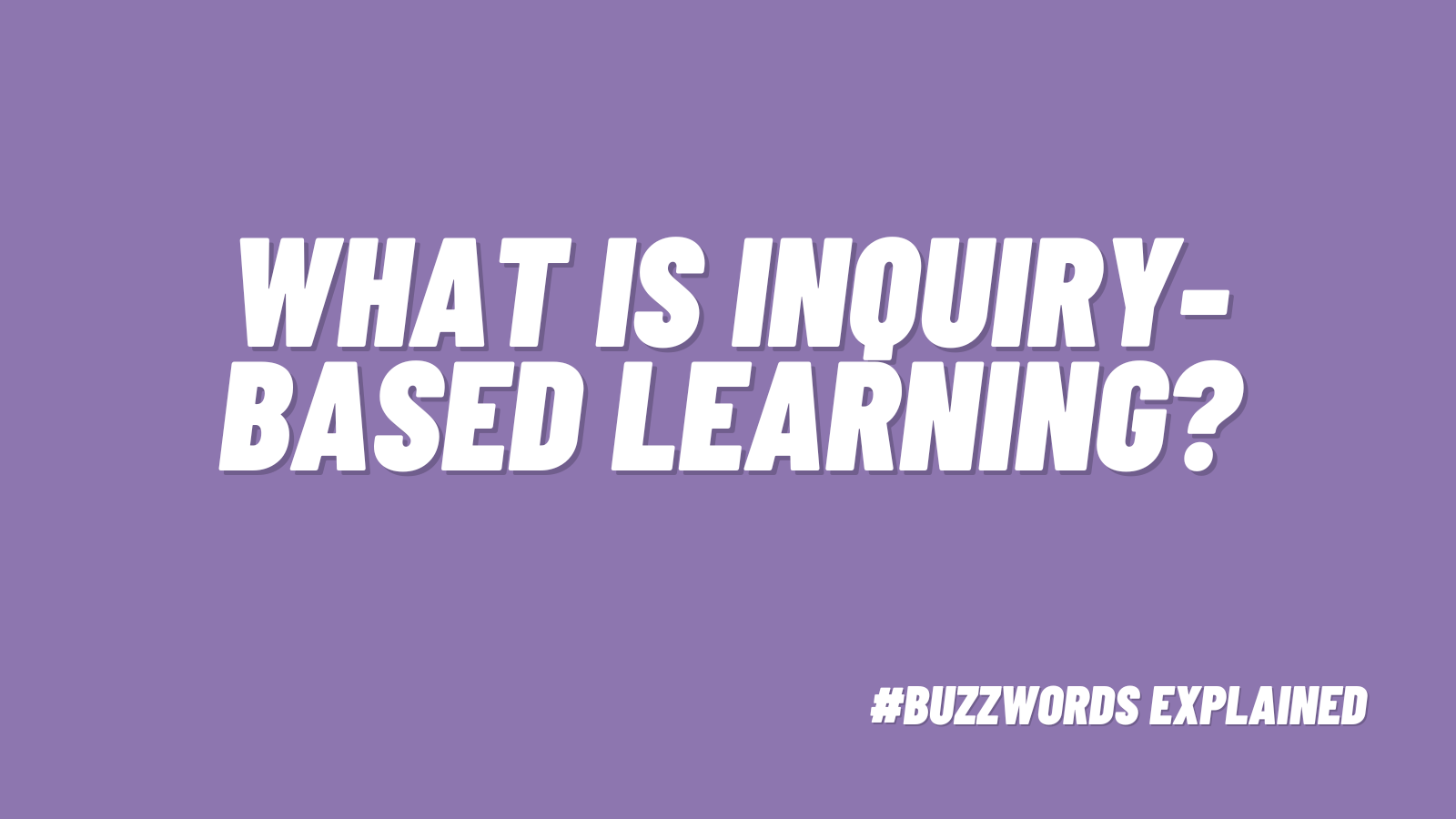Maybe you’ve heard about inquiry-based learning in your most recent staff meeting or PD day. We know it might sound daunting, but implementing inquiry-based learning can be exciting for both the students and the teacher. Read on for what exactly inquiry-based learning is, how to implement it, and why you use it in your classroom.
What is inquiry-based learning?
Inquiry-based learning means tailoring your curriculum to what your students are interested in rather than having a set agenda that you can’t veer from—it means letting children’s curiosity take the lead and then guiding that interest to explore, research, and reflect upon their own learning.
Now, we know that many teachers have to follow state-based curricula, but with practice, it is possible to use inquiry-based learning that follows a curriculum map and guidelines that one has to follow.
For example, perhaps out on the playground, students keep discovering bugs hiding under logs. They dig for them, pick them up, make them a home, and engage with them during playtime. With an inquiry-based learning model, the teacher can take this bug interest and use it in teaching by starting with a question or challenge. The kids can do an experiment to see if those same bugs prefer the shade or the sun with a half-covered box outside; the class could learn about the habitat for a bug and what makes the best habitat and why; you could graph how many bugs are under each log; students could gather books about the different insects and then create their own pamphlet of information to share with others.
At a basic level, a simple interest in the roly-polies that are always hiding under logs has now touched upon science, social studies, math skills, literacy skills, and 21st-century skills of cooperation, collaboration, and critical thinking. (If this all sounds similar to project-based learning, you aren’t wrong! They go hand-in-hand when it comes to teaching and overall engagement, and they fall under the emergent curriculum umbrella.)
How does inquiry-based learning benefit students?
It leads to high engagement
When children are presented with topics they are interested in, the first step of engagement is automatic. From there, students are able to have a hands-on, real-world learning experience about whatever the topic is. Therefore, the teaching and learning is less from books or abstract concepts and is embedded in their everyday experience.
“The Inquiry Process embraces the ways children learn best. It is a tool for you to plan curriculum in response to children’s curiosity and questioning, acknowledging the problems children encounter and identify as they act on their questions and taking seriously the solutions they hypothesize in relation to their experiences.” —The Cycle of Inquiry Process, From Children’s Interests to Children’s Thinking
It promotes critical thinking
In From Children’s Interests to Children’s Thinking, research showed children learn best through the same processes that scientists use:
- Asking questions and defining problems
- Developing and using models
- Planning and carrying out investigations
- Analyzing and interpreting
- Using mathematical and computational thinking
- Engaging in argument from evidence (explaining their findings)
These steps are very similar to the cycle of inquiry that is directly related to inquiry-based learning: engage, explore, explain, elaborate, and evaluate. According to the American Association of School Librarians, the 5E Inquiry-Based Instructional Model is based upon cognitive psychology, constructivist theory to learning, and best practices in STEM instruction (Bybee and Landes, 1990).
Each student can build upon their strengths
With an open-ended path, inquiry-based learning allows students to build upon their strengths, feel engaged, and take ownership of learning. As a teacher, get creative to add to the knowledge and skills they have, while assisting the student to reach their learning goals on a path that they can lead.
What is the general process of using inquiry-based learning?
One challenge to inquiry-based learning is knowing when to put aside your own teaching agenda and to allow space for an emergent, inquiry-lead exploration. You might have planned something specific, but during free choice, an entire city is built in the block area. The students work together, they have roles, and they have to figure out how to get each block to balance in the best way to create that bridge from one building to the next.
As a teacher, how can you take the learning objectives from crafting a storybook and reach those from the block city?
Follow the 5Es of Inquiry:
- Engage—This engagement is already naturally happening with their block city.
- Explore—Start with questioning: There’s a new visitor to the city, but they aren’t sure how to get around. What can we do?
- Explain—Allow for discussion and exploration; provide resources. Offer clipboards and paper for the students to plan. Pull up a map online or Google Earth to zoom in on roads.
- Elaborate—In small groups, have the students plan and write directions, a map, or road signs for the block city.
- Evaluate—Have students reflect on why we need labels and signs and how they help others.

